Canadian Food Inspection Agency staff made an unexpected discovery October 22 while performing a routine monthly check of a trap set to monitor for Japanese beetle in south Langley.
The decaying body of an Asian giant hornet lay within, the first confirmed report of one of the insects this year in Canada. Since no hornets were found in adjacent traps, all signs point to the individual being an interloper that flew north from Whatcom County.
Provincial apiculturist Paul van Westendorp told the BC Honey Producers Association annual meeting on October 29 that genetic tests are taking place to confirm the hornet’s connection to the four colonies Washington State Department of Agriculture staff have eradicated over the past year.
“It is probably highly likely that it all comes from the same stock as all these four nests had similarity, or relatedness,” he said. “It meant all of those came from one single introduction. This is hopeful.”
Van Westendorp said the close relationships between the hornets makes for a shallower gene pool that reduces the viability of future matings.
The latest discovery, near 216 Street and 3 Avenue, was just 1,200 metres north of where a WSDA team destroyed a nest at the end of August. WSDA destroyed two more nests in September, one of which was just 400 metres from the international boundary.
Researchers do not know how long the hornets have been present in the area. Langley beekeepers voiced concerns about the insect as early as 2018, but the first confirmed report of giant hornets in the province came in 2019. Sightings were confirmed that summer around Burrard Inlet and a nest was destroyed in September 2019 in Nanaimo.
The past two years have seen monitoring continue on Vancouver Island and in the Fraser Valley.
Asian giant hornets can measure up to 5 cm in length and appear to prefer hollow deciduous trees as nesting sites. They’re most active in the fall as they seek out animal protein in the run-up to winter. Honey bees are among the hornet’s targets; an attack can wipe out a colony in hours.
BC and Washington will continue surveillance programs pending eradication of the pest. Washington has engaged the public in its monitoring efforts, with all 31 reports last year coming from citizen scientists. Surveillance in BC is conducted by the province in partnership with local beekeepers, but similar to Washington, all six confirmed reports in BC last year were filed by the general public rather than government or beekeepers.

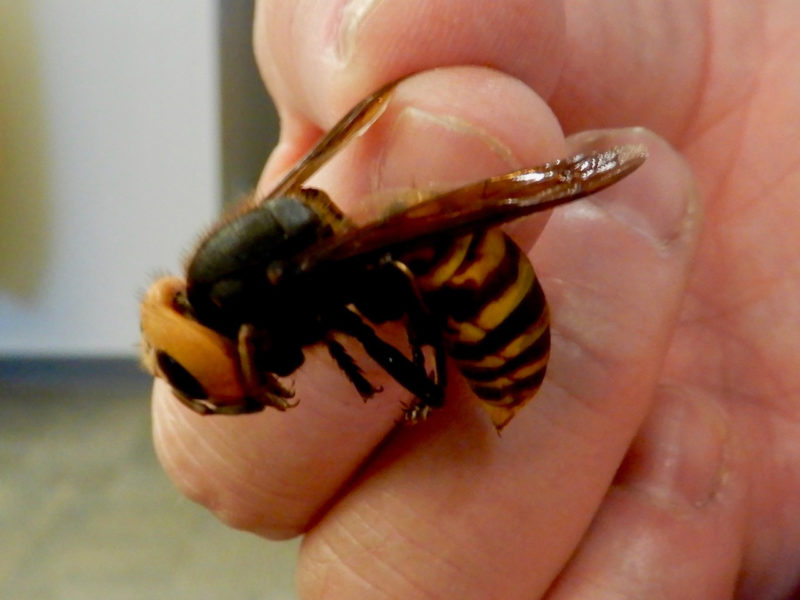
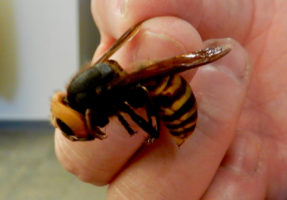
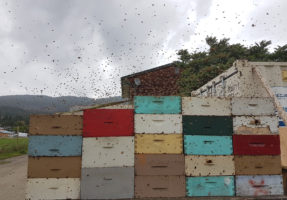
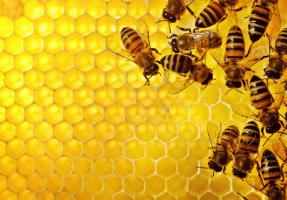
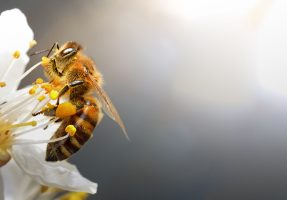
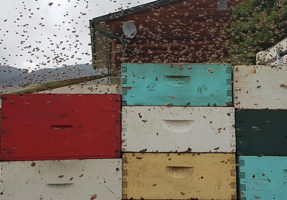

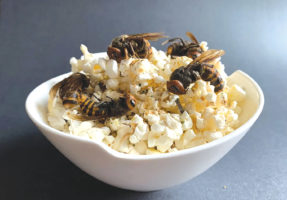
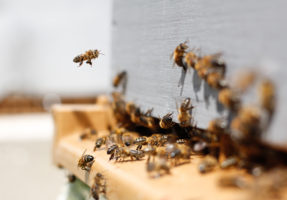

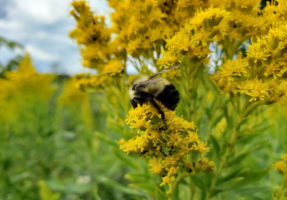
 Grading standards shorten cucumbers
Grading standards shorten cucumbers